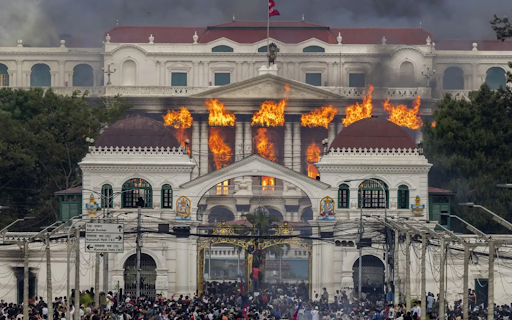Nepal has reached a critical tipping point, as protests initially triggered by a social media ban have unleashed decades of pent-up public frustration over corruption and political failure. The resulting crisis, which has seen 19 people killed and forced the prime minister to resign, is more than a reaction to a single policy—it’s a rebellion against the entire political establishment.
The immediate cause of the unrest was the government’s decision to ban popular social media apps and introduce a restrictive bill to regulate online content. For Nepal’s youth, this was a direct assault on their freedom of expression. However, as local news editor Prateek Pradhan noted, this was merely the “catalyst” for a much larger explosion of discontent that had been “simmering under the surface” for years.
The underlying issues are systemic. Nepalis have grown tired of pervasive corruption, nepotism that favors the well-connected, and a stagnant economy that has left 20% of its youth unemployed. The anger was amplified by social media itself, where images and videos of politicians’ children enjoying luxurious lives went viral, highlighting the vast gap between the rulers and the ruled. The ban was seen as a clumsy attempt to shut down this embarrassing and politically damaging narrative.
The government’s violent response to the protests—firing on its own citizens—was the final straw, cementing the public’s view of the state as an oppressive force. Now, even with the ban lifted and a new prime minister on the horizon, the protesters’ demands have grown. They seek not just policy changes but a fundamental cleansing of the political system, pushing Nepal into a period of intense and unpredictable change.
A Tipping Point in the Himalayas: Nepal’s Protests Explained
42
previous post


